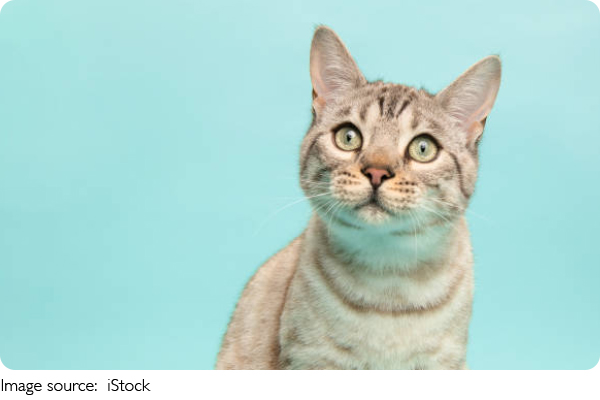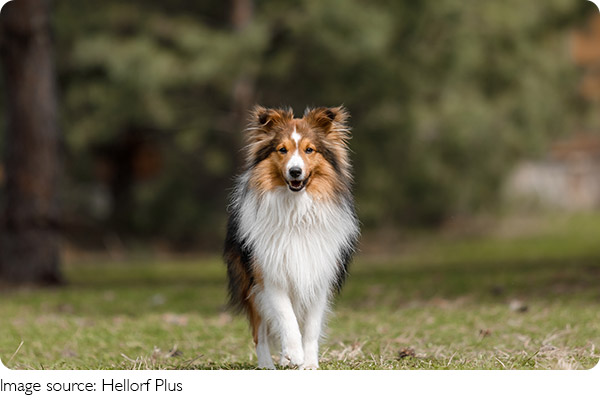The Battle of Wits!

The ongoing debate over the intelligence of cats versus dogs remains a common inquiry.
While dogs typically possess a larger brain in comparison to cats, indicated by the greater number of neurons present, with a golden retriever showcasing 623 million neurons in its cerebral cortex.
This exceeds the neuron count of smaller dog breeds by 194 million and cats by 373 million.
In evaluating intelligence, research leans more towards dogs due to their higher neuron count and better documented abilities, along with the challenge of studying cats, who dislike new environments. This has led to a comparison of intelligence across three main categories for both species.
Brains and Neurons
Cats and dogs have been a source of curiosity when it comes to their intelligence. Dogs are known to have larger brains and more neurons, particularly in the cerebral cortex.
These neurons play a crucial role in understanding cognitive abilities. Studies have shown that dogs tend to have a higher number of neurons compared to cats, allowing them to have more complex thought processes.
Social Intelligence
One key aspect of intelligence is social cognition, which refers to an animal's ability to understand others' mental states. Dogs have been extensively studied in this area, showing their capability to seek help from humans when faced with an unsolvable task.
Cats, on the other hand, display more independence and are less likely to ask for assistance. Despite this, both dogs and cats demonstrate skills in visual communication, albeit in different ways.
Counting Abilities
Research has also delved into the counting abilities of cats and dogs. Both species have shown the capacity to differentiate between quantities, relying heavily on visual cues. Grown cats and dogs, as well as young kittens and puppies, have displayed quantitative discrimination.
However, it seems that sight plays a crucial role in this ability, as other senses do not contribute as significantly to counting.
Self-awareness
In terms of self-awareness, both cats and dogs have been put to the test. While they may not fare well in traditional mirror tests, there are other methods to assess self-recognition.
Dogs have shown an ability to differentiate their own scent from that of other dogs, indicating a level of self-awareness. Cats, too, have demonstrated the capability to distinguish between their own feces and that of other cats.

Conclusion
Intelligence in cats and dogs encompasses a variety of factors and behaviors. While dogs may excel in seeking human assistance and following cues, cats display independence and self-reliance.
Both species exhibit intelligence in their unique ways, reflecting their individual traits and abilities. Ultimately, the key lies in appreciating and loving our furry companions for who they are, recognizing their distinct forms of intelligence.
Which is smarter, cats or dogs?
Video By Hashem Al-Ghaili

 · Animal Team
· Animal Team